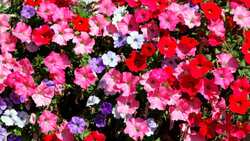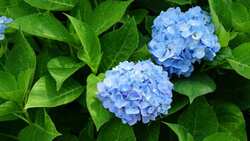
The well anticipated RHS Chelsea Flower Show 2024 schedule is out, and team at Netflix are getting their hands dirty with a Bridgerton garden. This is set to be one of the most anticipated Chelsea Flower Show gardens this year, and was designed by Holly Johnston; an English Gardening School alum, and CFS first-timer.
‘The Bridgerton Garden’ will be unveiled one week after the release of Shondaland’s Bridgerton season three which chronicles the love story of Penelope Featherington and Colin Bridgerton. Johnston’s inspiration for the garden came directly from Featherington’s character development, with a garden space divvied into “three chapters,” she said in a press release.

“The secrecy and privacy of the garden [represents] the gossip and scandal of Regency society,” Johnston said. The grandeur of the Regency society which inspired the Bridgerton series is well documented in the garden, from Hedera helix (ivy) climbing up the dry stone and tree trunks, and the addition of a moongate; the first in 20 years of Chelsea Flower Show gardens.
The moongate will transport visitors to a sunken seating area surrounding a three-tiered water feature – an area where Johnston said she could imagine Featherington writing. The third space will lead to a hand-carved wall fountain while the path back through the garden plays with light and colours to represent the characters’ development over the last two seasons.

Johnston was involved in the dialogue between the RHS and Netflix since early, and though her fingers are newly green, she has left no stone unturned when it came to researching the character of Featherington and the time period Bridgerton is based on – and has been working on the project since April 2023.
Over the last number of years, the RHS has made a concerned effort to broaden the show to a wider audience, and efforts like this collaboration with Netflix, or ‘Chelsea Late’ after hours DJ night hosted by Jo Whiley, are sure to bring in a younger, more diverse crowd.
Johnston added, “My garden offers a space to retreat to safety, to house your darkest fears, to recognise the good and bad within, to show up without your mask. And ultimately, to step into the light.”
Source: theenglishgarden.co.uk





















